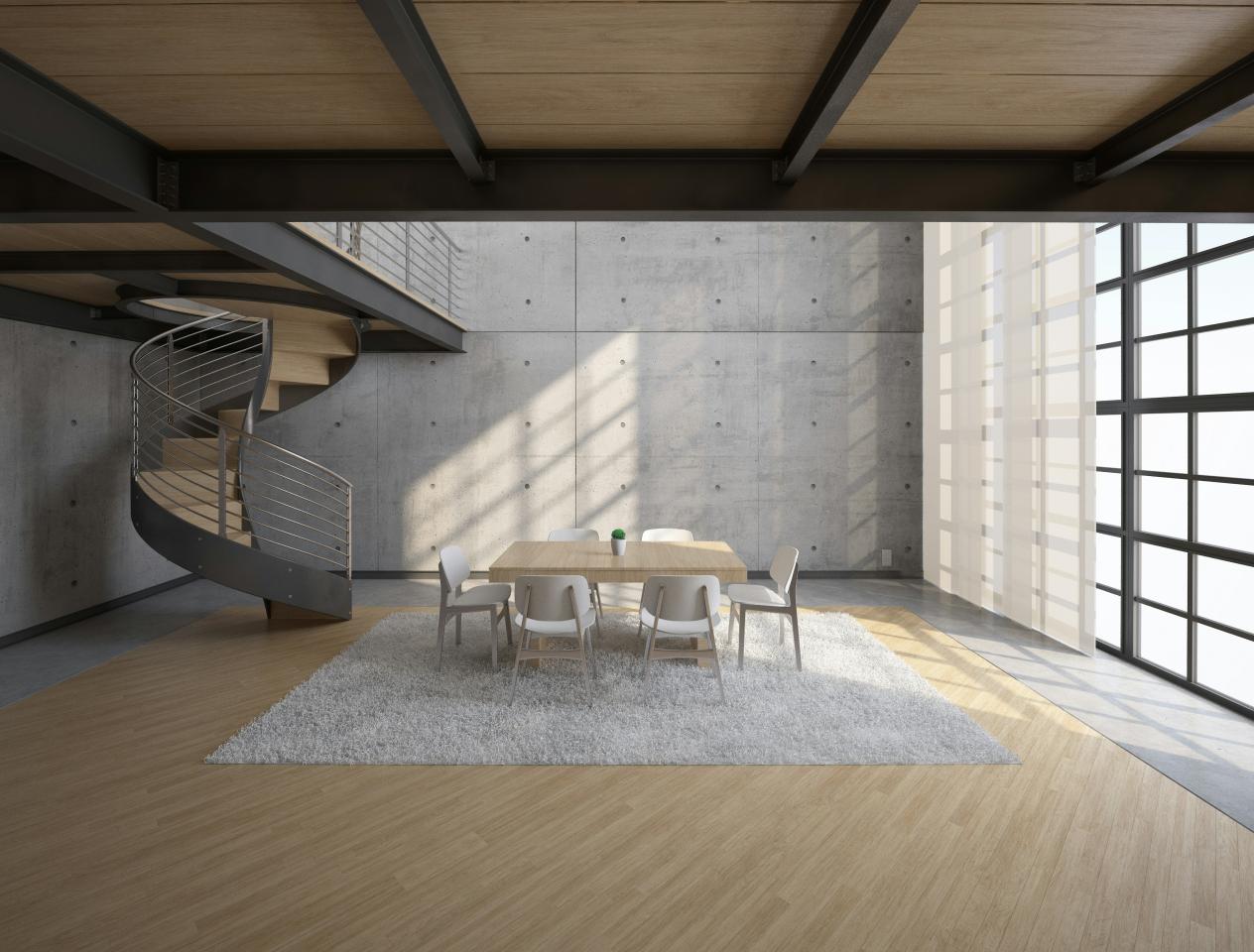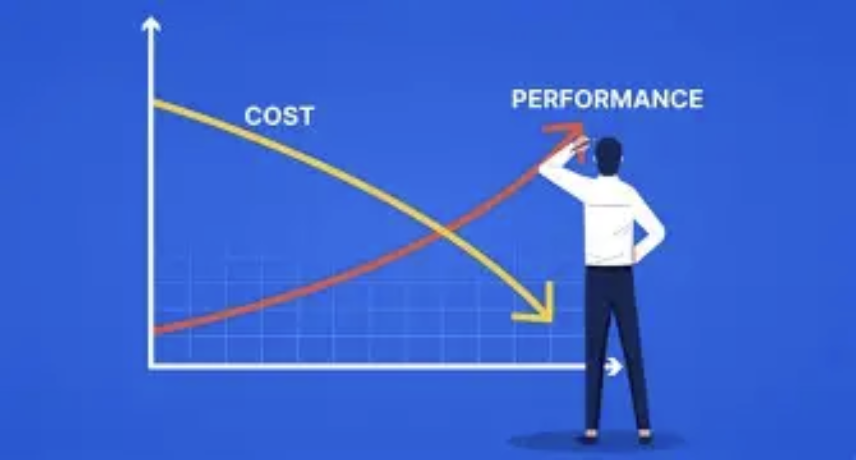In the wave of smart furniture, there is a little-known but highly disruptive innovation field hidden - micro-perception technology. This is not the voice control or remote control we are familiar with, but how furniture quietly changes our lifestyle by capturing the most subtle physiological signals of the human body.
Imagine a seemingly ordinary smart mattress. Its built-in piezoelectric sensor array can capture the tiny breathing fluctuations and heartbeat rhythms of the human body during sleep with an accuracy of 0.01 Hz. When the user enters the deep sleep stage, the mattress will automatically adjust the internal airbag pressure to form a support that conforms to the spinal curve; if a snoring signal is detected, the vibration feedback module on the edge of the mattress will gently guide the user to turn over, rather than the traditional rough wake-up. This sleep intervention based on heart rate variability (HRV) data can even predict the potential risk of sleep apnea syndrome, putting health warnings before hospital diagnosis.

Even more amazing is the evolution of smart mirrors. The multi-spectral camera under the mirror can not only analyze the color and texture of the skin surface, but also penetrate the epidermis through near-infrared imaging to monitor the blood flow rate of the subcutaneous micro-circulation. When you stand in front of the mirror, it has silently completed the preliminary screening of thyroid nodules, and at the same time recommends the most suitable facial massage technique based on the frequency of your facial muscle movement. Data from a high-end beauty agency shows that this "mirror diagnosis" system has increased the early detection rate of skin problems by 37%, and users only need to spend 15 seconds more talking to the mirror every day.
Even the most inconspicuous carpet in the home is undergoing a smart transformation. The embedded pressure sensor draws a plantar pressure distribution map with millimeter-level accuracy. When an abnormal swing in the elderly's gait is detected, the RGB light strip on the edge of the carpet will flash to remind and send an early warning to the guardian's mobile phone. What's more subtle is that it can predict possible arthritis attacks two weeks in advance through long-term accumulated gait big data-because subtle changes in load-bearing often appear earlier than clinical symptoms.

These "thinking" furniture are building an unprecedented "microdata ecosystem." The smart sofa adjusts the indoor oxygen content by analyzing the user's muscle electrical activity when sitting for a long time, and links the fresh air system; the spectrometer hidden on the dining table can identify the nutritional content of food and synchronize it to the family health management system; even the smart hanger in the cloakroom will recommend the most suitable clothing plan based on the weather and user heart rate data of the day.
It is worth noting that this micro-perception is not a simple technical stacking. A long-term study by a home laboratory found that when the intervention measures fed back by the furniture are in line with the user's subconscious habits, the effect of improving life satisfaction is 4.2 times higher than that of the mandatory smart solution. This shows that truly successful smart furniture is not a cold command executor, but a "life collaborator" who can understand the needs behind human micro-expressions and micro-movements.

With the breakthrough of quantum dot sensors and bio-compatible materials, the future smart furniture will achieve a leap from "capturing signals" to "understanding intentions". Imagine a desk that can automatically adjust the color temperature of light according to the dilation of your pupils, or a chair that can recognize emotions through the skin's electrical response when holding it - they are no longer just furniture, but have become invisible health butlers, efficiency assistants and emotional partners in the family space. When we live in the same room with these furniture full of "micro-intelligence", the boundary between technology and life will be completely dissolved, ushering in a new era of intelligent human habitation in the true sense.



